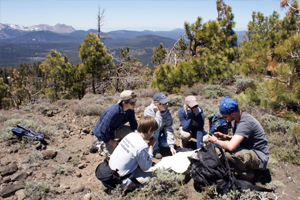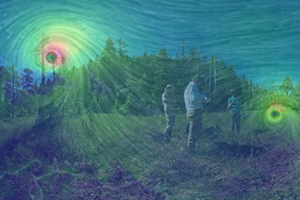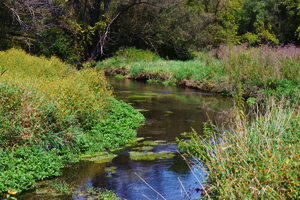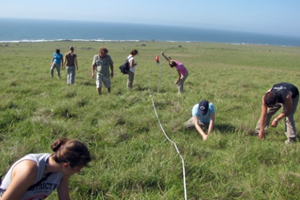Penn State geographers in Environmental Change and Prediction study the cumulative impact of biophysical systems on the patterns and processes that sustain all life, especially in the face of past, current, and future human modification.Our research is focused on understanding the biophysical linkages and feedbacks in environmental systems that sustain biodiversity, livelihoods, and ecosystems services.
Humans have been transforming the planet for millennia. Recent anthropogenic change is fast approaching tipping points across many Earth systems. Beyond these thresholds, irreversible changes may occur that impact ecosystems and human well-being worldwide. Conserving natural ecosystems, and restoring those we’ve already disrupted, is no easy task. It requires a deep understanding of the linkages and feedbacks in biophysical systems at local and global scales.
Our faculty and graduate students use a wide range of approaches to explore environmental change and prediction, including laboratory analyses, field studies, satellite remote sensing, qualitative and quantitative methods, computer modeling, visualization, and spatial data science to understand what the Earth is telling us about our impacts to the planet, and how we can work together to mitigate undesirable change.






























